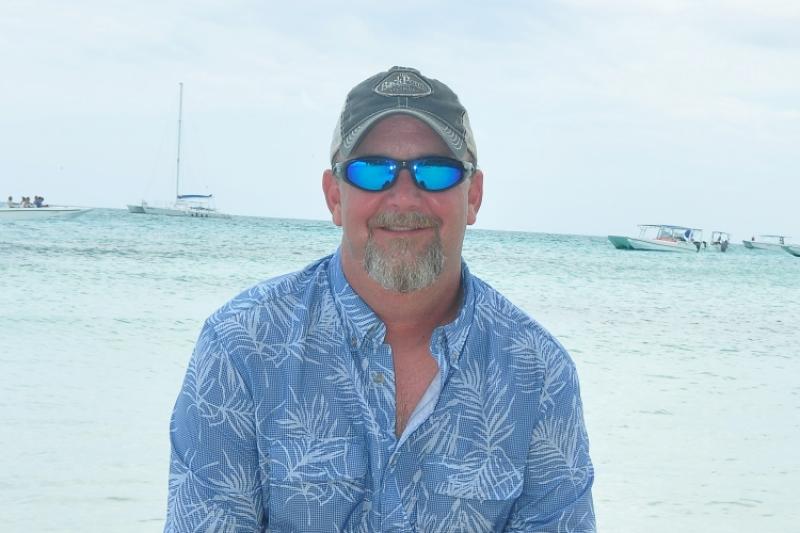Where did you grow up?
I’ve lived in Mississippi for my entire life. I was born and raised in Jackson but have resided in Ocean Springs for more than 25 years now. My family is from the Mississippi Delta, so I’ve gotten to experience three different regions of what really is a culturally diverse state.
Where did you go to school and in what subject did you get your degree(s)?
I received my Masters of Science and Doctorate degrees from the University of Southern Mississippi, studying at the Gulf Coast Research Laboratory. Both degrees were in coastal sciences with an emphasis in fisheries ecology.
How did you come to work at the Southeast Fisheries Science Center?
In my prior professional position, my duties had progressed to be almost exclusively administrative, with very little science or research. Fortunately, I had reached that golden milestone of becoming eligible for retirement. I began looking for the next career challenge—one which would carry less of an administrative burden and be more closely linked to science. The branch chief position in the center’s Population and Ecosystems Monitoring Division was posted not long after I began looking, and I was thrilled to be interviewed and ultimately selected for this position.
What do you do at the science center?
I serve as the Chief for the Oceanic & Coastal Pelagics Branch in the Population and Ecosystems Monitoring Division. I have the pleasure of working with nine outstanding scientists based primarily in Miami and Pascagoula. Our work includes the annual SEFSC Bottom Longline Survey, managing the Cooperative Tagging Program for highly migratory species, and conducting electronic tagging research on billfishes, tunas, sharks and rays. I started with the center in May of last year, so much of the past few months has entailed getting to better know our team. I have also been spending time getting to know the Branch’s research and surveys, understanding the center’s science priorities, their related organizational connections, and getting familiar with the various administrative aspects of the Department of Commerce as well as NOAA Fisheries.
What do you like most about your position?
There are two things that immediately come to mind—the people and the opportunities to inform management. I feel extremely fortunate to be part of a team of bright scientists dedicated to conducting surveys and research that address key fisheries and ecosystem issues. Those issues are constantly evolving, and finding effective ways to meet those challenges is rewarding. Ultimately, I enjoy being part of a team working to support those who spend time recreating and making a living on our marine waters.
What advice would you have for someone interested in a career at NOAA Fisheries?
I’d recommend that students or professionals interested in NOAA Fisheries find opportunities to volunteer on research surveys or at one of our facilities to get a sense of what we do and why we do it. Firsthand experience through interaction with our scientists is the best way to understand what NOAA Fisheries is all about.
Is there a book, quote, or person that influenced you to be the person that you are today? Tell us why.
As others have noted in this series, my family has been the biggest personal influence on my life, especially my parents, grandfather, and father-in-law. Their guidance has been a major driver in who I am today. Professionally, there have been many influences, but Jim Franks and Mark Peterson at the Gulf Coast Research Laboratory probably had the biggest impact on me as a young biologist. Jim was my first boss as a researcher and introduced me to the world of pelagic fish. Mark was my advisor for my Masters of Science degree, and he taught me how to do “good science.” An influential book I read, not long after I moved into upper administration, was Team of Rivals, by Doris Kearns Goodwin. The book chronicles Abraham Lincoln’s political career and presidency, with a specific focus on how he purposefully populated his cabinet with political adversaries and was able to draw from those differing viewpoints to navigate the country through that divisive time. It gave me a deep appreciation of President Lincoln’s ability to both lead and serve the nation, and I often reflect on his management style in my day-to-day matters.
What do you like to do outside of work?
I enjoy playing golf, watching Premier League soccer, and hunting. Now that my youngest daughter has moved away to college, my most enjoyable experiences outside of work are when I get to spend time with her.



